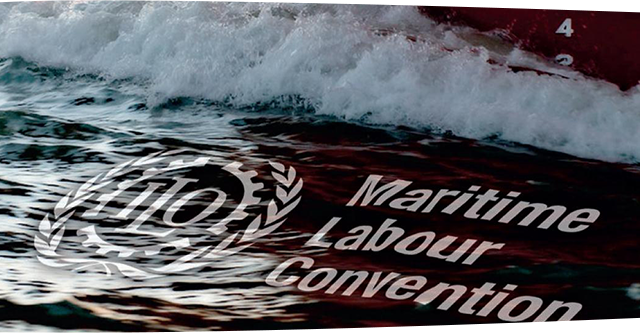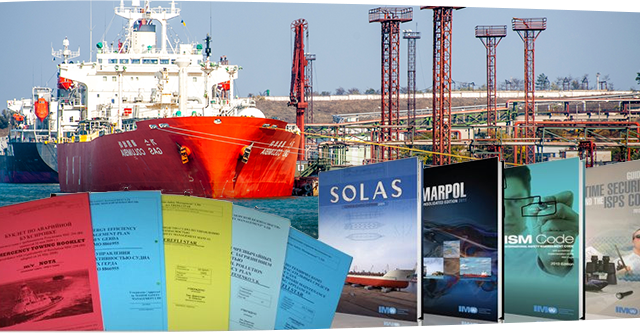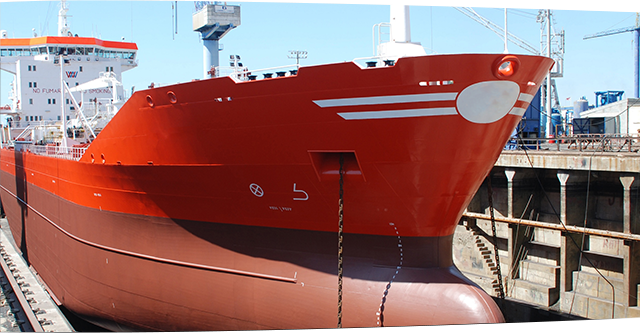New EU regulation in accordance with Directive 2024(411) on greenhouse gas emission quotas for ships calling at EU ports
From 1 January 2024, the requirements of the 2023 revised EU regulations on greenhouse gas (GHG) emissions will apply to ships calling at EU/EEA ports, regardless of their flag.
Regulation (EU) No 2015/757 on the monitoring, reporting and verification of CO2 emissions (MRV Regulation), as amended (Regulation EU 2023/957 of 10 May 2023), requires all ships of over 5,000 gross tonnage calling at EU/EEA ports, regardless of their flag, to collect CO2 emissions data annually in accordance with established monitoring plans and to submit a CO2 emissions report to the relevant EU authority. Monitoring plans and reports must be verified by an independent verifier accredited by a national accreditation body of an EU member state.
The amendments adopted by the EU in 2023 extend the scope of the MRV Regulation to include monitoring, reporting and verification of emissions of additional greenhouse gases and additional vessel types:
- from 1 January 2024, the scope of the MRV Regulation will include emissions of methane and nitrogen oxides in addition to CO2;
- from 1 January 2025, the scope of the MRV Regulation will include general cargo vessels of 400 to 5,000 gross tonnage and offshore supply vessels of 400 gross tonnage and above.
According to the amendments to the MRV Regulation, the shipowner/company must take the following actions:
- from 1 January 2024, take into account emissions of methane and nitrogen oxides in addition to CO2 emissions in the monitoring plans;
- from 1 January 2024, review their existing monitoring plans to ensure that they comply with the requirements of the revised MRV Regulation. The revised monitoring plans must be verified again by an independent accredited verifier;
- no later than 1 April 2024, submit the monitoring plans (fully compliant with the requirements of the revised MRV Regulation) via THETIS-MRV to the relevant EU Member State Authority for approval.
Each shipping company will be linked to an EU Member State Authority.
From 1 February 2024, the European Commission will publish every two years a list of companies and their EU Member State Authorities in accordance with the rules laid down in the EU ETS (Emission Trading System) Directive.
If a ship calls at an EU/EEA port for the first time after 1 January 2024, the company must submit a monitoring plan no later than three months after the first call.
Regulation 2003/87/EC as amended (EU ETS Directive 2023/959 of 10 May 2023) amending the EU/EEA ETS:
- from 1 January 2024, the EU ETS includes CO2 emissions from all ships of 5,000 gross tonnage and above calling at EU ports, regardless of flag;
- from 1 January 2026, the EU ETS will include emissions of methane and nitrogen oxides in addition to CO2 emissions.
In practice, from 2025 onwards, shipping companies will have to purchase and use ETS emission allowances for each tonne of CO2. In the initial phase, to ensure a smooth transition within the EU ETS, shipping companies will be given the opportunity to quote only a part of their emissions:
- 2025: 40% of the emissions registered by the company in 2024;
- 2026: 70% of the emissions registered in 2025;
- from 2027 onwards: 100% of the registered emissions.
The current list of shipping companies with their distribution among specific EU countries: Download
back to news list



